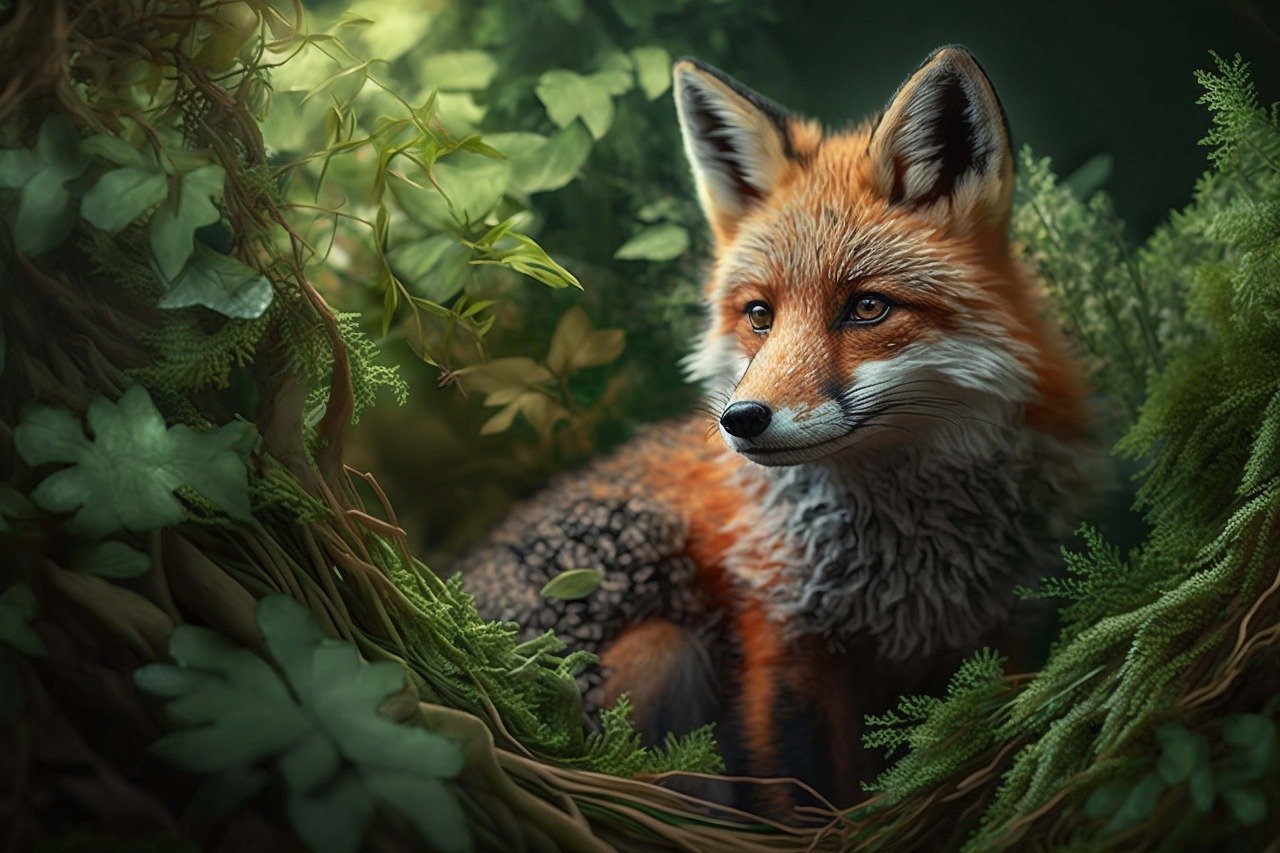radicalthought.org – The red fox (Vulpes vulpes) is not only a fascinating creature in the wild but also a prominent figure in various cultural narratives across the globe. Its striking appearance and cunning behavior have inspired countless stories, legends, and symbols that reflect its significance in human culture.
Symbolism of the Red Fox
Throughout history, the red fox has been a symbol of intelligence, adaptability, and cunning. In many cultures, it is seen as a trickster figure, embodying both cleverness and deceit. This dual nature makes the fox a complex character in folklore and mythology, often representing the fine line between wisdom and mischief.
The Red Fox in Folklore and Mythology
In European folklore, foxes are often portrayed as cunning tricksters, outsmarting other animals and even humans. Aesop’s fables, for example, frequently feature foxes in tales that teach moral lessons about wit and deception.
In Japanese culture, the fox, or kitsune, is a revered figure associated with the Shinto deity Inari. Kitsune are believed to possess supernatural abilities, including shape-shifting and foresight, and are considered protectors as well as tricksters. They are often depicted as wise and powerful beings that can bring prosperity or misfortune depending on how they are treated.
The Red Fox in Literature and Art
The red fox has also been a popular subject in literature and art. In medieval Europe, the Reynard the Fox stories depicted the fox as a clever hero, using his wits to navigate a world of deceit and ambition. These stories have been retold and adapted in various forms, highlighting the fox’s enduring appeal.
In art, the red fox is often depicted as a symbol of the untamed and mysterious aspects of nature. Its vibrant red fur and expressive features make it a captivating subject for artists exploring themes of wilderness and freedom.
Modern Interpretations and Symbolism
In contemporary culture, the red fox continues to symbolize adaptability and resilience. As urbanization increases, foxes have shown remarkable ability to thrive in city environments, embodying the idea of survival and resourcefulness in changing landscapes.
The red fox is also used as a symbol in various brands and logos, often representing agility, intelligence, and a touch of playfulness. This reflects a broader cultural appreciation for the animal’s unique qualities and its ability to capture the human imagination.
Conclusion
The red fox holds a special place in human culture as a symbol of cunning, adaptability, and mystery. Its presence in folklore, literature, and art highlights the deep connection between humans and this remarkable animal. As we continue to encounter foxes in various cultural contexts, they remain a powerful reminder of the intricate and often enigmatic relationship between nature and humanity.
